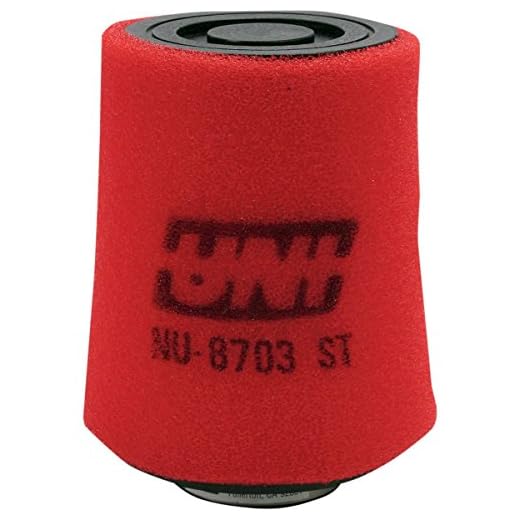

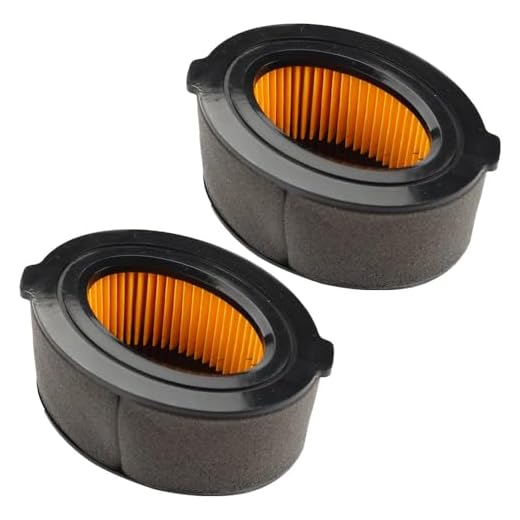

It is advisable to exercise caution when using high-pressure equipment in the engine compartment. A distance of at least 12 inches is recommended to avoid damaging sensitive components. Focus on areas known for collecting dirt and grease, such as the battery, hoses, and various engine parts. Protect electronic components with plastic covers or bags to prevent moisture intrusion.
Begin by rinsing off any loose debris with a gentle spray before applying any cleaning solutions. A biodegradable degreaser is an excellent choice for tackling stubborn grime. Apply it directly to the soiled areas, allowing it to sit for a few minutes to break down the buildup. Following that, a controlled spray can effectively remove the contaminants without the risk of displacing critical engine components.
Evaluate the water settings on the machine; a wide spray pattern eliminates the risk of unanticipated damage. After completion, allow the compartment to dry out thoroughly, either by leaving the hood open or using a leaf blower to expedite the process. Regular maintenance can keep this area clean and operational, ensuring longevity in your vehicle’s performance.
Advice on High-Pressure Water Usage for Automotive Compartments
Utilising high-pressure water systems in automotive compartments requires careful consideration. It is advisable to shield sensitive components such as electrical systems, sensors, and any exposed wiring. Start by disconnecting the battery to mitigate risks associated with water exposure.
Technique for Optimal Results
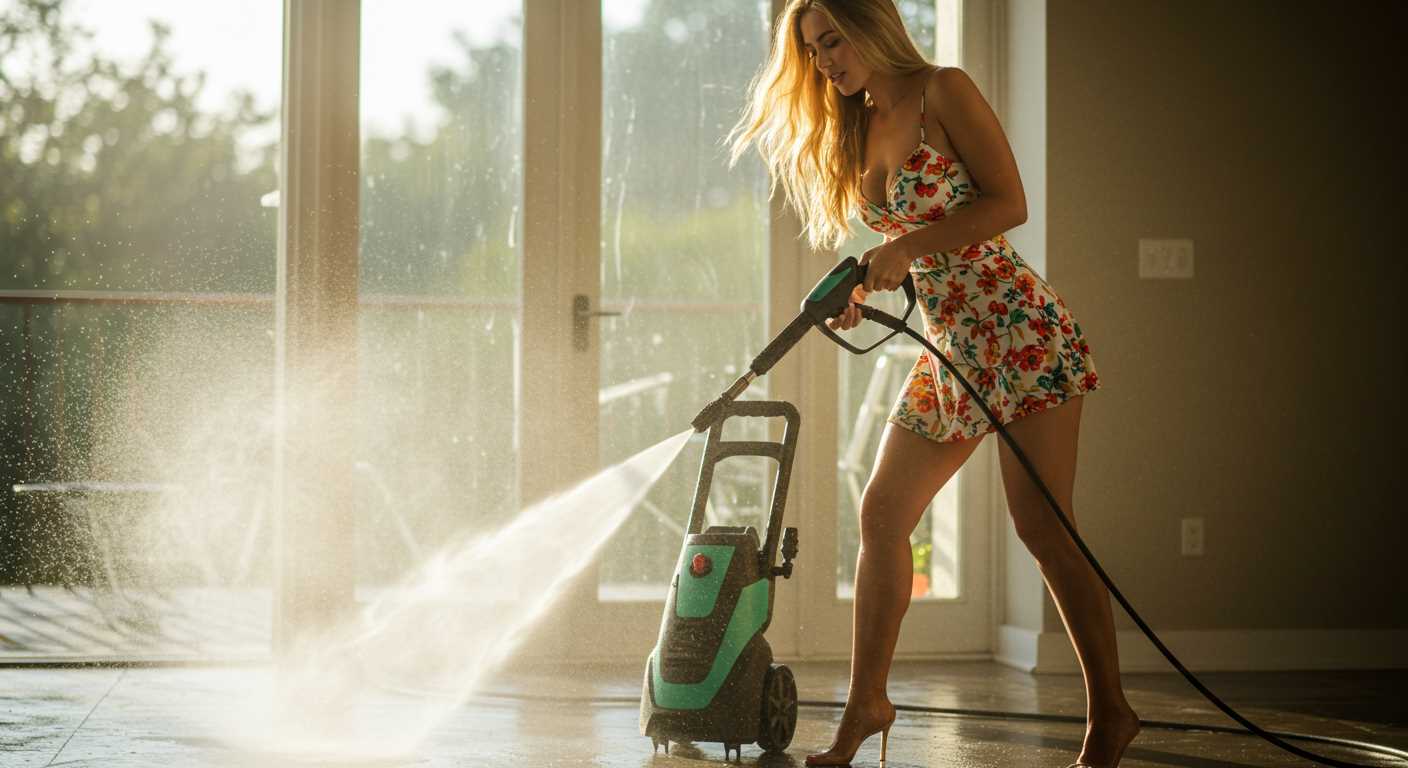
Consider using a nozzle that produces a wide spray pattern to minimise direct force on vulnerable areas. Work from the top down; this approach ensures that debris is pushed away rather than forced deeper into crevices. Ensure that any specially designed automotive degreasers are applied prior to rinsing to enhance the removal of grime.
Post-Cleaning Maintenance
Following the rinsing process, it’s essential to dry all areas promptly. Air-drying can lead to water spots or corrosion, so using compressed air or a gentle cloth is recommended. Additionally, inspect all components for moisture, particularly electrical connections, and ensure everything is secured before reconnecting the battery.
Understanding the Risks of Using a Pressure Washer on Engine Bays
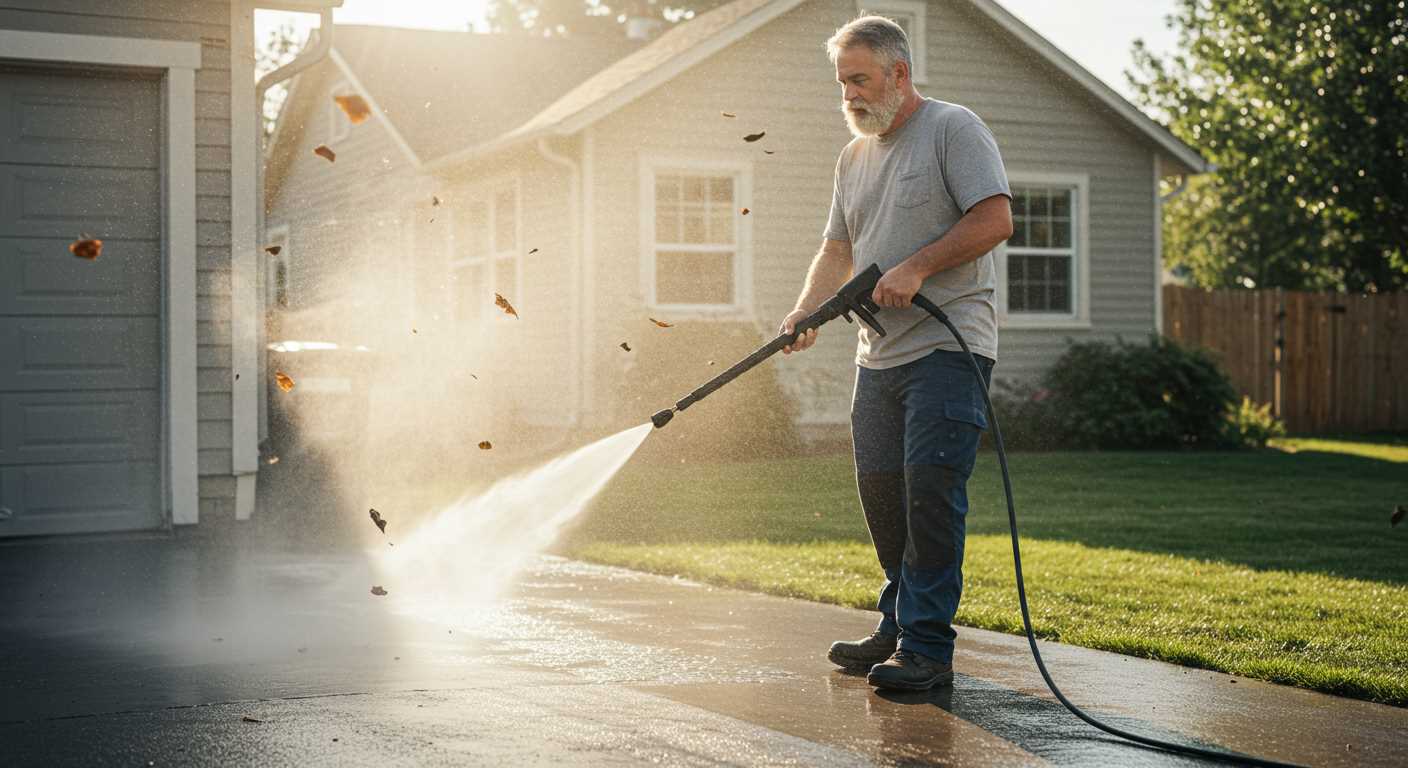
Utilising a high-pressure cleaning device near sensitive components introduces several hazards. First, the risk of forcing water into electrical connections is substantial. Moisture might cause short circuits, leading to costly repairs or electrical failures. Seals and gaskets can also be adversely affected; high-pressure jets can compromise their integrity, resulting in fluid leaks and component malfunction.
Moreover, aggressive water streams can dislodge or damage delicate parts such as sensors, wiring harnesses, or hoses. These components are often designed to withstand everyday conditions but may not endure the intense force from a cleaning unit. The potential impact on throttle bodies and air intakes cannot be ignored, as dirt and grime might be pushed into these systems instead of removed.
Another consideration involves chemical usage. Many cleaning agents could react negatively with engine fluids or components, particularly if they get forced into areas where they shouldn’t be. Properly assessing the compatibility of cleaning solutions with engine materials is essential to avoid degradation or adverse reactions.
Temperature variations also come into play. Rapid cooling from a heavy water application on a warm engine can lead to thermal shock, possibly causing cracking in certain materials. This risk amplifies in vehicles where engines are made from lightweight alloys or various composite materials.
As an expert with extensive hands-on experience, always prioritise caution. Opt for gentle cleaning methods that minimise the risk of damage, such as using a soft brush and a garden hose. If high-pressure equipment remains the chosen method, ensure it is set to the lowest pressure and aimed away from vulnerable components. Regular maintenance routines will help keep the area clear without resorting to high-pressure cleaning.
Preparing Your Engine Bay for Pressure Washing
Disconnect the battery to prevent electrical issues. Start by removing the negative terminal, ensuring that no power flows to any electronic components during the process.
Cover sensitive components such as the alternator, air intake and exposed filters. Use plastic bags or waterproof covers to shield them from water and debris.
Evaluate hoses and connectors for wear. Replace any damaged parts before starting; undetected issues can worsen with exposure to high pressure.
Remove loose debris like dirt, leaves, and dust. A quick brush or vacuum will help prepare the area, making the washing process more effective.
For additional protection, consider applying a degreaser to greasy areas. Allow it to sit for a few minutes before rinsing for better results.
Gather the necessary equipment: a low-pressure nozzle, cleaning solution, and a garden hose for rinsing. Ensure that the pressure apparatus is set to a lower setting to avoid damage.
Double-check the vehicle’s manual for specific manufacturer advice on cleaning that may apply. Some vehicles may have unique requirements or recommendations.
Finally, have a plan for drying the area effectively. Using compressed air or towels can minimise moisture retention, reducing the risk of rust or corrosion.
Recommended Pressure Washer Settings for Engine Cleaning
For optimal results during the cleaning process, set the pressure between 1500 to 2000 PSI. This range effectively removes dirt and grime without risking damage to sensitive components. Lower pressures are advisable for delicate parts.
Utilise a 25-degree nozzle. This provides a wider spray pattern, reducing the risk of concentrated water pressure that can penetrate seals and cause issues with electronics. Start your work at a distance of around 2 to 3 feet from surfaces, gradually moving closer as needed.
Warm water is particularly effective. If your machine allows, use heated water to enhance cleaning power. Ensure the temperature does not exceed 140°F (60°C), as higher temperatures can harm certain materials.
Use a mild detergent formulated for automotive applications. Apply it with the washer before rinsing; this will help break down stubborn residues. Make sure to rinse thoroughly to prevent soap residue from remaining.
Prior to starting, inspect all connections and seals. Ensuring everything is secure prevents water access to electrical components. Cover sensitive areas with plastic bags or waterproof covers to provide additional protection during the operation.
Maintain a steady motion while washing. Avoid holding the nozzle in one place, which could lead to unintentional damage or stripping of paint. Regularly check your work to ensure cleanliness without oversaturation.
Safe Cleaning Products for Use in Engine Bays
Use biodegradable degreasers to minimise environmental impact while effectively breaking down grime. Choose products specifically designed for mechanical parts to avoid damage to sensitive components. Avoid using harsh chemicals that can corrode wiring or plastics. A diluted vinegar solution can be effective for minor stains without causing harm.
Foam Cleaners
Foam-based cleaners cling to surfaces, ensuring thorough penetration into crevices. Look for pH-neutral formulations to prevent damage to metals and finishes. A gentle scrubbing brush can enhance results, particularly on stubborn residue.
Safety Precautions
Always wear protective gloves and eyewear when handling cleaning agents. Ensure proper ventilation if working in enclosed spaces. It’s advisable to disconnect the battery to prevent electrical issues. After application, thoroughly rinse components to remove any residue, as leftover cleaner can attract dirt.
Post-Cleaning Steps to Protect Your Engine
After completing the cleanup of your vehicle’s compartment, the next focus should be on ensuring its longevity and optimal performance. Start by thoroughly drying all components. Employ a soft cloth or an air compressor to eliminate moisture from sensitive areas, including the electrical connectors and components.
Apply Engine Sealant or Dressing
Consider applying a specialised engine dressing to protect against corrosion and enhance aesthetics. Choose a product designed for automotive use to ensure compatibility. This will not only provide a layer of protection against dirt and grime but also elevate the appearance of various parts.
Inspect and Reconnect Electrical Components
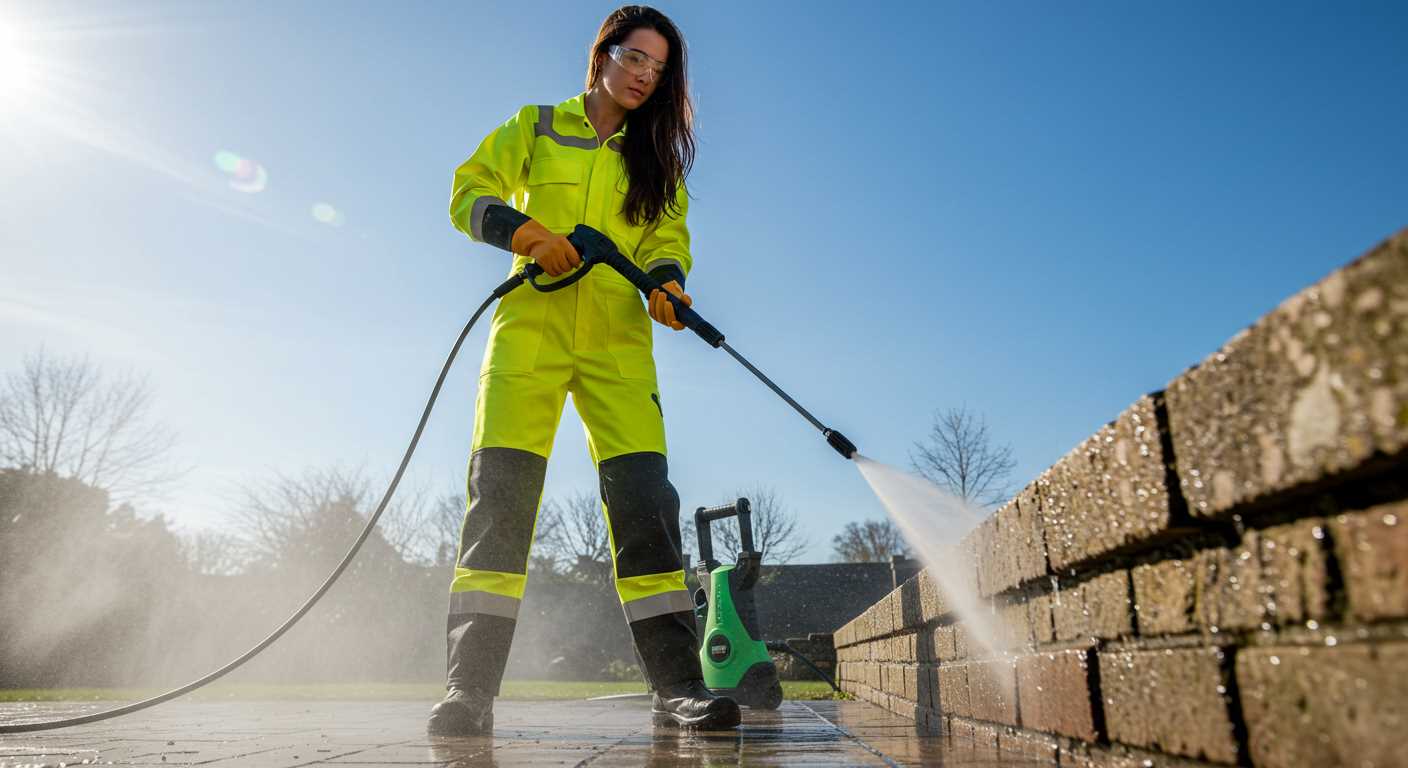
Check all connections for any signs of moisture or dislodgement. Make certain each connector is properly reattached to prevent any electrical failures. If any components show signs of corrosion, treat them with appropriate cleaners or consult a professional for replacement.
Lastly, take a moment to examine for any leaks following the wash. Verify that hoses and seals remain intact. If any issues arise, address them immediately to prevent more significant problems down the line.
Alternatives to Pressure Washing for Engine Bay Cleaning
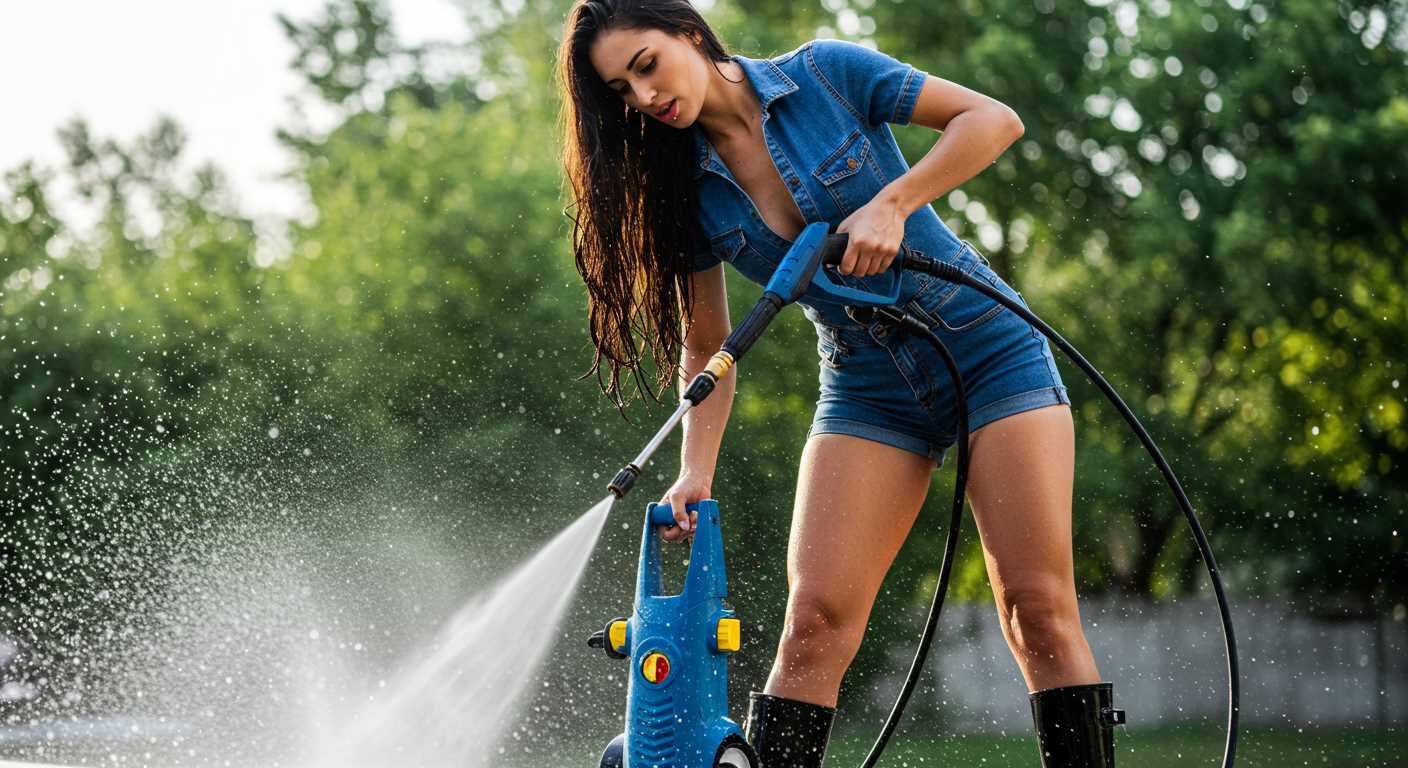
A gentle approach using a soft cloth or sponge is always a smart choice. This method allows for thorough scrubbing without the risk of dislodging components or causing damage.
Recommended Techniques
- Steam Cleaning: Utilising steam can effectively remove grease and grime while being less aggressive than high-pressure methods.
- Foam Cannon: Attaching a foam cannon to a standard garden hose will apply a thick layer of cleaning solution, which can penetrate dirt and grime before rinsing with water.
- Manual Brushing: For stubborn spots, a detailing brush can be used alongside a safe cleaning solution, allowing precise targeting of problem areas.
Cleaning Products
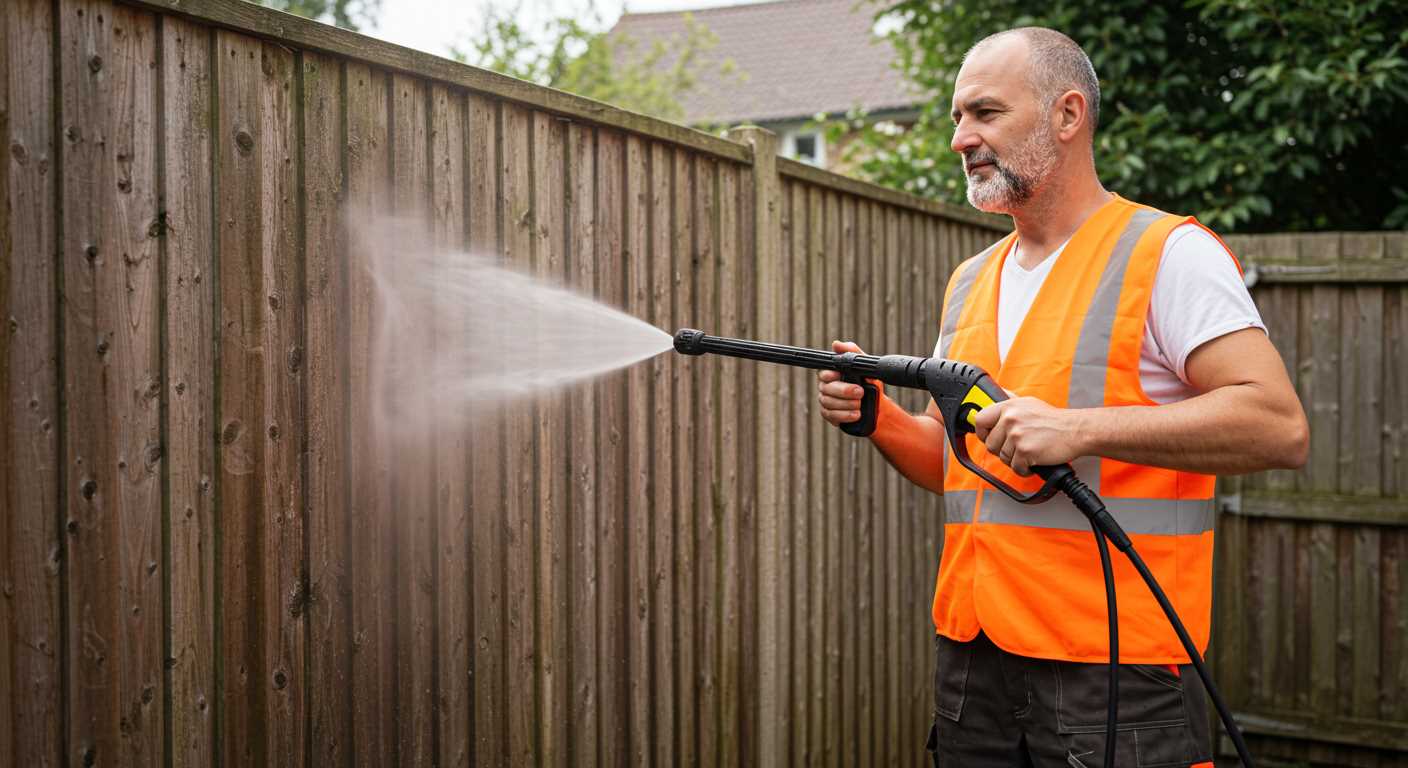
- Degreasers: Selecting a biodegradable degreaser ensures that any residue won’t harm the environment.
- Microfibre Cloths: These cloths are ideal for absorbing dirt and preventing scratching during the cleaning process.
- All-Purpose Cleaners: Opt for those formulated specifically for automotive use. They are usually gentle but effective against various contaminants.
Each option provides a direct way to achieve a clean result while maintaining the integrity of various parts. Always ensure materials used are compatible with the surfaces being treated, avoiding unnecessary damage in the process.



